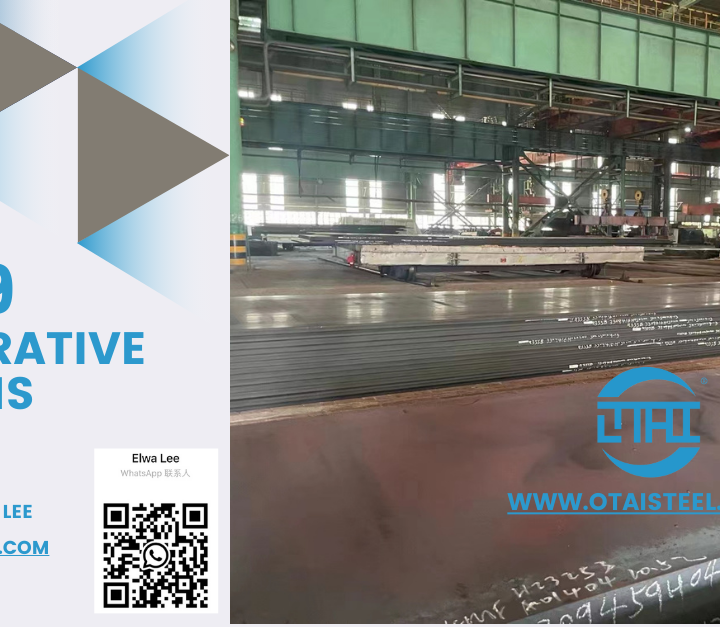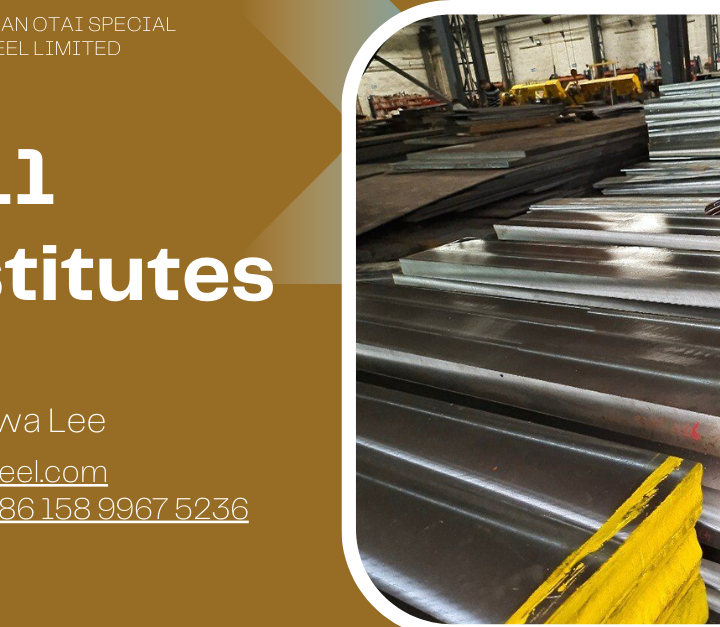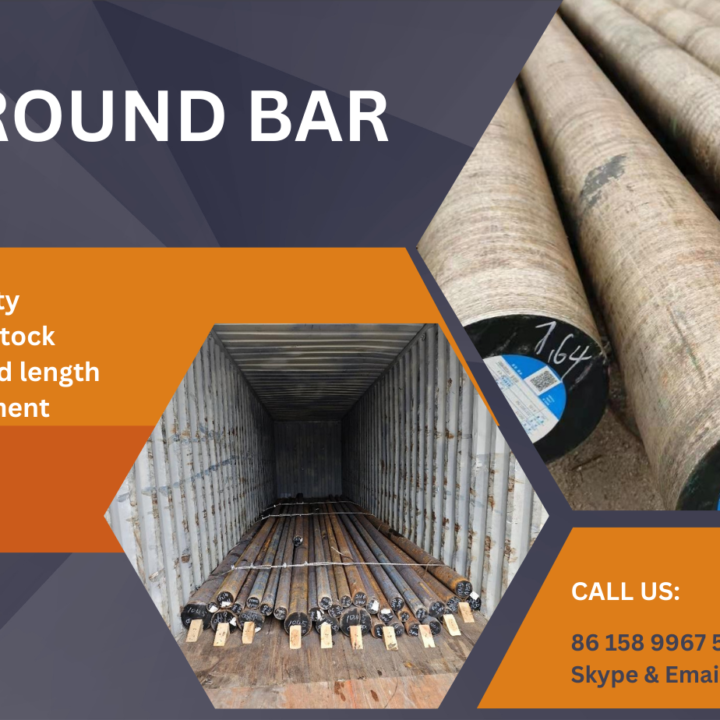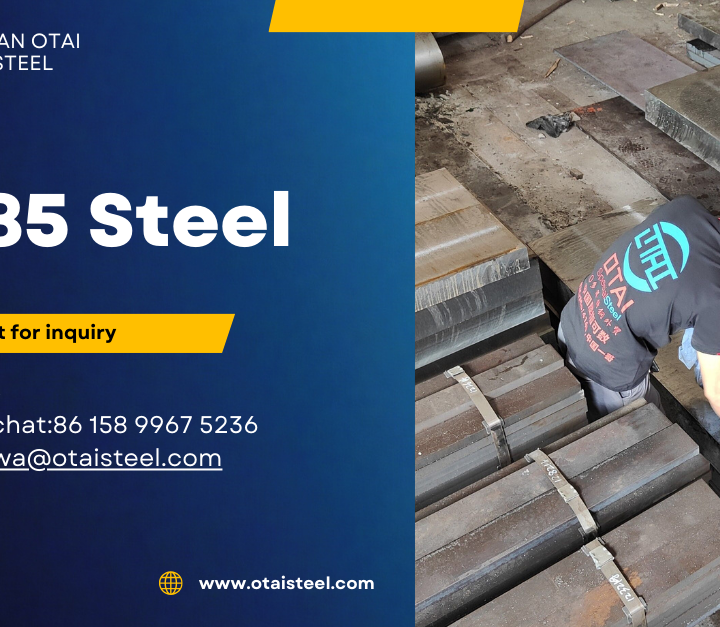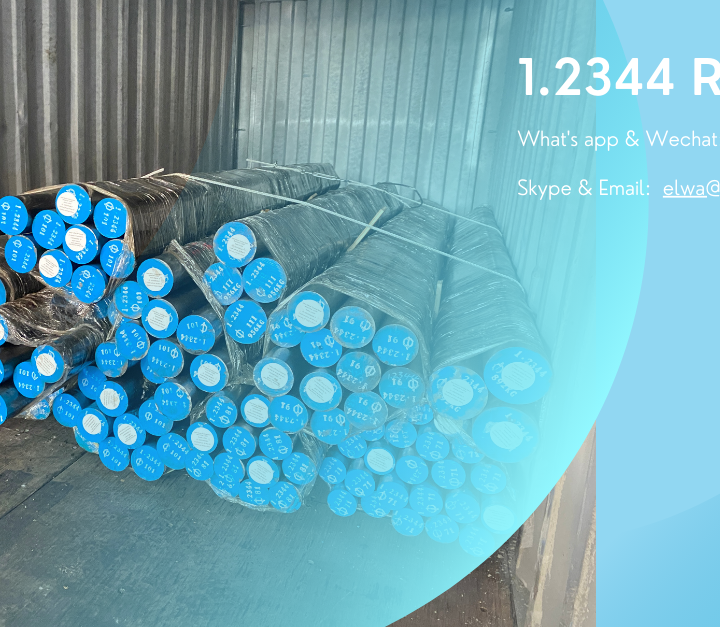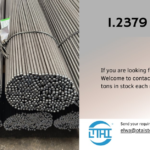In the realm of manufacturing, the choice of materials plays a pivotal role in determining the success and efficiency of processes. Among the myriad of materials available, Steel H13 stands out as a high-performance tool steel renowned for its exceptional properties. In this comprehensive article, we will delve into the advantages of Steel H13 and explore its wide-ranging applications in various industries, showcasing how this material contributes to manufacturing excellence.
Advantages of Steel H13
Before delving into its applications, let’s explore why Steel H13 is a favored choice in manufacturing:
Hot Work Capability
One of the defining features of Steel H13 is its outstanding hot work capability. This makes it ideal for applications involving high temperatures, such as hot forging, die casting, and extrusion processes.
Excellent Toughness
Steel H13 exhibits remarkable toughness, allowing it to withstand high impact and shock loads. This property is particularly crucial in applications where tools are subjected to significant stresses.
High Wear Resistance
The steel’s composition, including the presence of chromium, molybdenum, and vanadium, contributes to its excellent wear resistance. This makes Steel H13 well-suited for tooling applications where prolonged use and abrasion are common.
Good Thermal Conductivity
Steel H13 possesses good thermal conductivity, facilitating effective heat dissipation during high-temperature operations. This property helps in maintaining tool integrity and performance.
Versatility in Heat Treatment
Steel H13 is highly versatile in terms of heat treatment. This allows manufacturers to tailor the material’s properties to meet specific application requirements, striking a balance between hardness and toughness.
Applications of Steel H13 in Various Industries
Now, let’s explore the diverse applications of Steel H13 across different industries, where its unique combination of properties brings value and reliability.
Die Casting
Steel H13 is widely used in the die casting industry for manufacturing dies and molds. Its exceptional hot work capability ensures that the tooling can withstand the high temperatures and pressures involved in the die casting process. The steel’s high toughness is crucial in resisting thermal fatigue and preventing premature failure.
Extrusion Tooling
Extrusion processes, which involve shaping materials by forcing them through a die, demand tools that can withstand intense heat and pressure. Steel H13’s superior hot work performance makes it a preferred choice for extrusion tooling, ensuring longevity and consistent performance.
Hot Forging
In hot forging, where metal is shaped under high temperatures, the dies and tools must endure extreme conditions. Steel H13’s combination of toughness and hot work capability makes it a reliable material for hot forging applications, contributing to the production of precision components in industries such as automotive and aerospace.
Plastic Molding
Steel H13 is utilized in the manufacturing of molds for plastic injection and compression molding. Its excellent wear resistance and thermal conductivity ensure prolonged tool life and efficient cooling during the molding process. This is particularly advantageous in high-volume production scenarios.
Aluminum Extrusion
Aluminum extrusion involves shaping aluminum profiles by forcing the metal through a die. Steel H13’s ability to withstand high temperatures and resist wear makes it a suitable choice for manufacturing dies used in aluminum extrusion, contributing to the production of various aluminum components.
Metal Stamping
In metal stamping processes, where metal sheets are formed and cut, the tools are subjected to repetitive impact and pressure. Steel H13’s toughness and wear resistance make it an excellent material for manufacturing stamping dies, ensuring durability and precision in metal forming operations.
Tool and Die Making
Steel H13 finds widespread use in general tool and die making applications. Its versatility in heat treatment allows for the customization of hardness levels based on specific tooling requirements. This makes it a preferred material for punches, chisels, and various types of cutting tools.
Glass Molding
In the glass industry, Steel H13 is employed in the manufacturing of molds for glass blowing and forming. Its ability to withstand high temperatures and resist thermal shock ensures the longevity of the molds, contributing to the production of precision glass products.
Aerospace Component Manufacturing
The aerospace industry demands materials that can withstand extreme conditions, and Steel H13 is no stranger to this sector. It finds applications in manufacturing critical components such as forging dies for aircraft parts, where the combination of high strength and durability is paramount.
Automotive Tooling
In the automotive manufacturing process, it is utilized in various tooling applications, including the production of dies for forging, stamping, and extrusion. Its ability to endure the demanding conditions of automotive component production makes it a staple in the industry.
Conclusion
In conclusion, H13 stands as a versatile and high-performance tool steel, offering a unique combination of hot work capability, toughness, and wear resistance. Its advantages make it a material of choice in a myriad of applications across industries such as die casting, extrusion, forging, plastic molding, and aerospace manufacturing. As manufacturing processes continue to evolve, Steel H13 remains a reliable and indispensable component in the quest for manufacturing excellence, contributing to the production of high-quality components and ensuring the efficiency and longevity of tools and dies.

